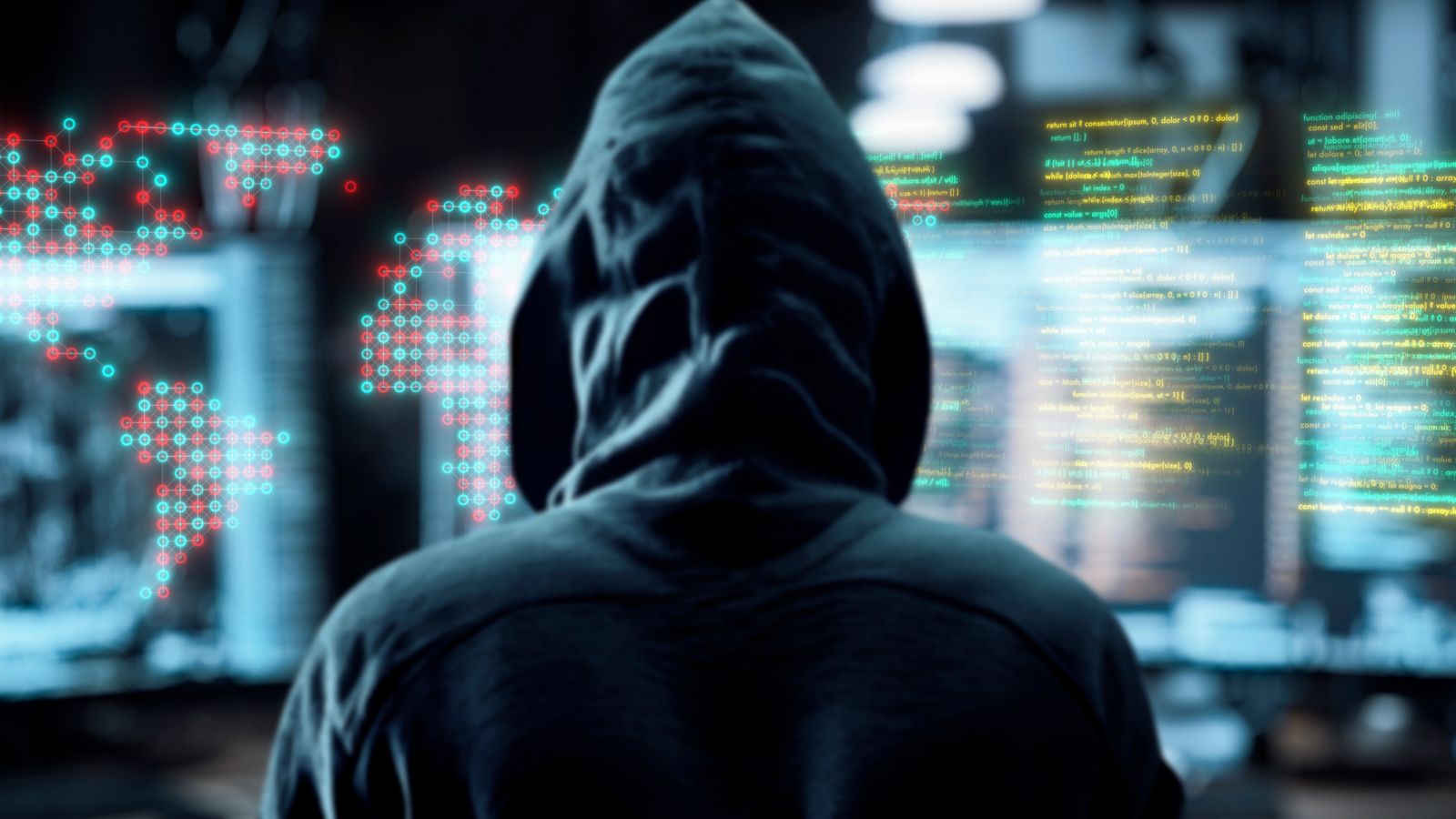
The FBI is cautioning U.S. organizations about potential cyberattacks from Russian hackers targeting network devices. Securing critical infrastructure against these threats is of utmost importance.
The Looming Threat: Russian Hackers and U.S. Infrastructure
Hold on to your hats, folks, because the cyber world just got a little bit scarier. The FBI has issued a stark warning about Russian government-backed hackers actively targeting critical infrastructure in the United States. We're talking about the systems that keep our lights on, our water flowing, and our hospitals running. It's like a plot straight out of a spy movie, but unfortunately, this is all too real.
So, what’s the big deal? Well, these hackers are exploiting vulnerabilities in older Cisco networking devices. Think of these devices as the unsung heroes of the internet, diligently routing traffic and keeping everything connected. But, like anything else, they can have weaknesses, and that’s where these cyber baddies come in.
Why Should You Care? The Potential Impact
Why should you, the average reader, care about some hackers messing with Cisco devices? Because the potential impact is huge. Critical infrastructure is the backbone of modern society. A successful attack could lead to widespread power outages, contaminated water supplies, or even disruptions to emergency services. Imagine a hospital unable to access patient records or a city without clean drinking water. Scary, right?
These attacks aren't just about causing chaos; they're also about gathering intelligence and potentially laying the groundwork for future, more devastating attacks. It's like a digital reconnaissance mission, and we need to take it seriously.
But hey, it's not all doom and gloom! There are steps that organizations can take to protect themselves. And that's what we will explore next...
Defending Against the Digital Onslaught: What Can Be Done?
Okay, so the bad guys are out there. What can be done to stop them? The FBI recommends a multi-layered approach to cybersecurity. This includes:
- Regularly updating software and firmware on networking devices. Think of it as giving your digital defenses a fresh coat of armor.
- Implementing strong passwords and multi-factor authentication. Don't make it easy for the hackers to waltz right in.
- Monitoring network traffic for suspicious activity. Keep a watchful eye on what's going on in your digital backyard.
- Developing and testing incident response plans. Be prepared for the worst, and know how to react quickly.
These steps might seem basic, but they can make a big difference. It's like locking your doors and setting your alarm – simple measures that can deter even the most determined burglars.
My Two Cents: A Call for Vigilance and Cooperation
In my opinion, this FBI warning is a wake-up call. Cybersecurity is no longer just an IT issue; it's a national security issue. We need to invest in protecting our critical infrastructure and fostering greater cooperation between government, industry, and the cybersecurity community.
It's also crucial to remember that cybersecurity is a shared responsibility. We all have a role to play in keeping our digital world safe and secure. Whether you're a CEO, a system administrator, or just a regular internet user, take the time to learn about cybersecurity best practices and implement them in your daily life.
Let’s face it, the digital landscape is constantly evolving, and the threats are becoming more sophisticated. But by staying vigilant, working together, and embracing a proactive approach to cybersecurity, we can protect ourselves from these digital attacks and ensure a safer, more secure future for all.
